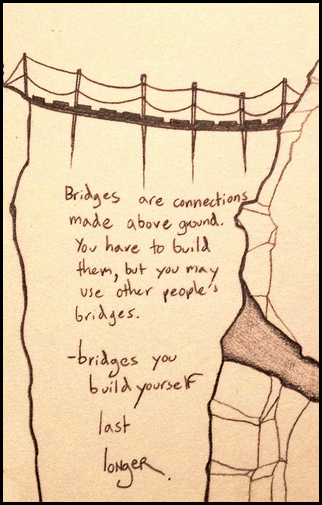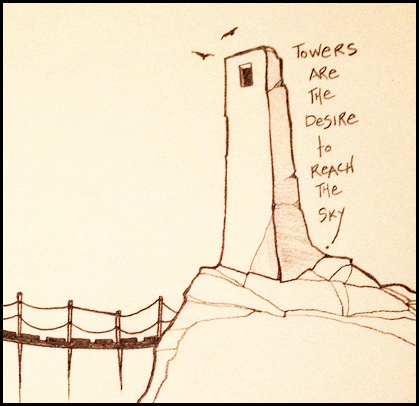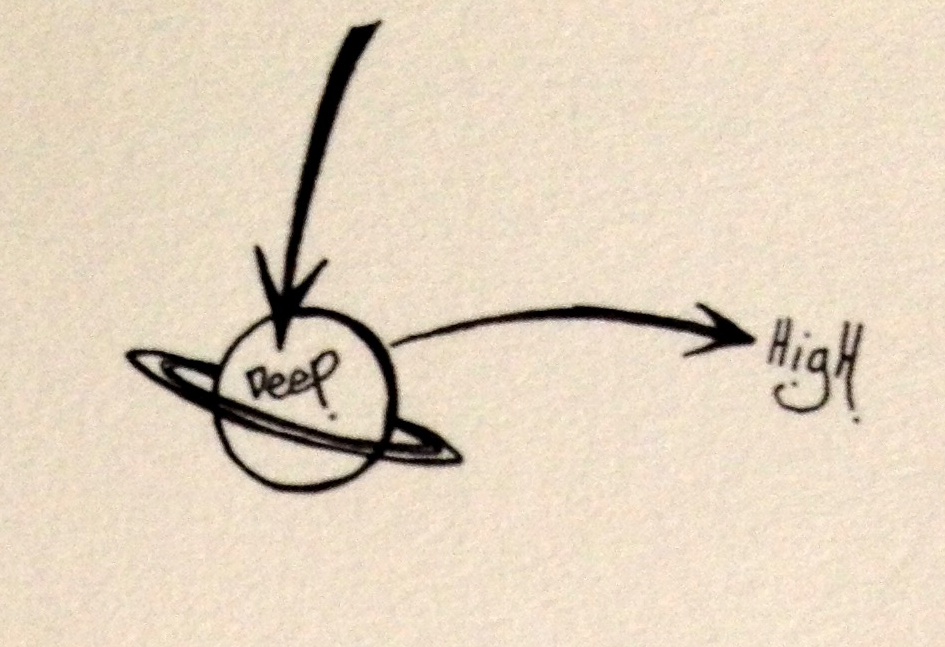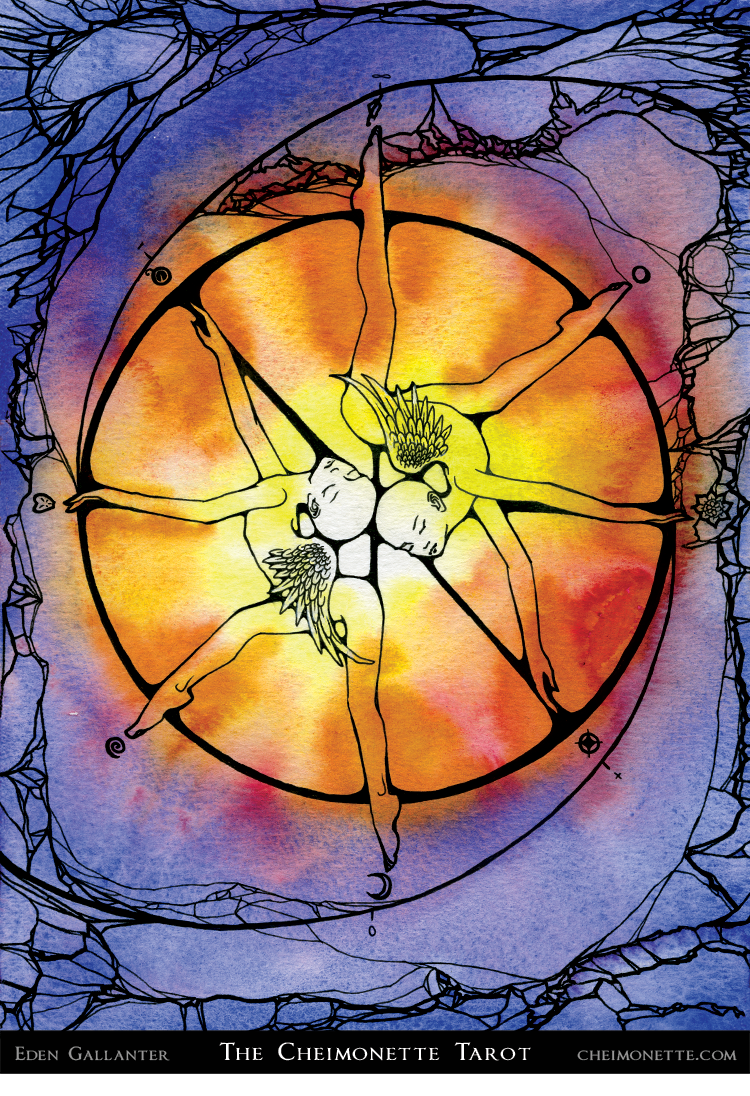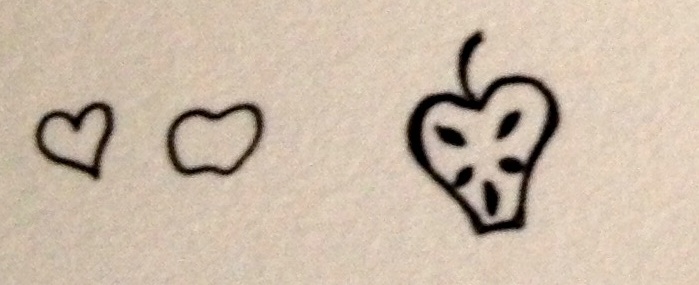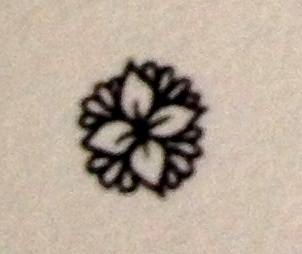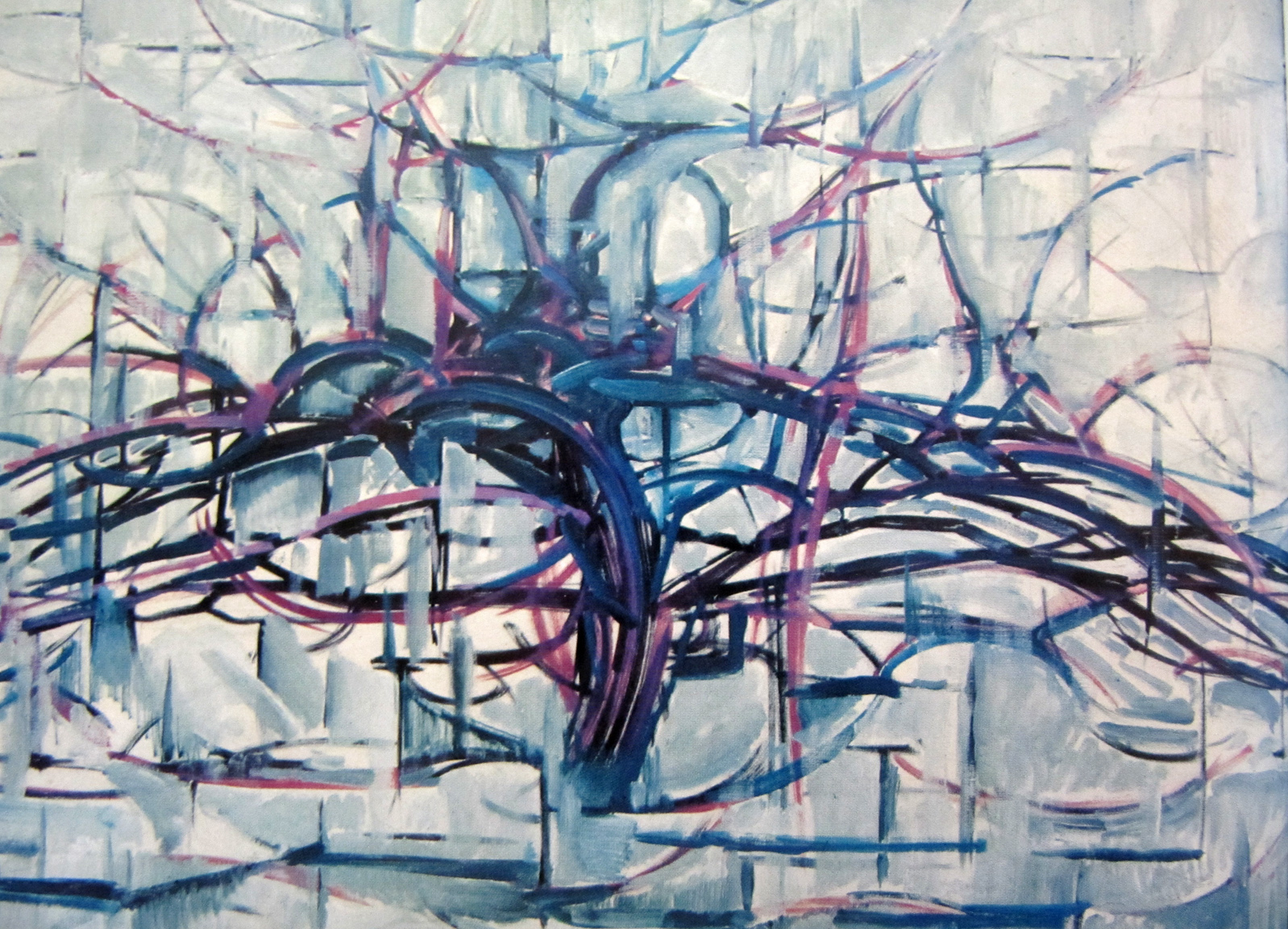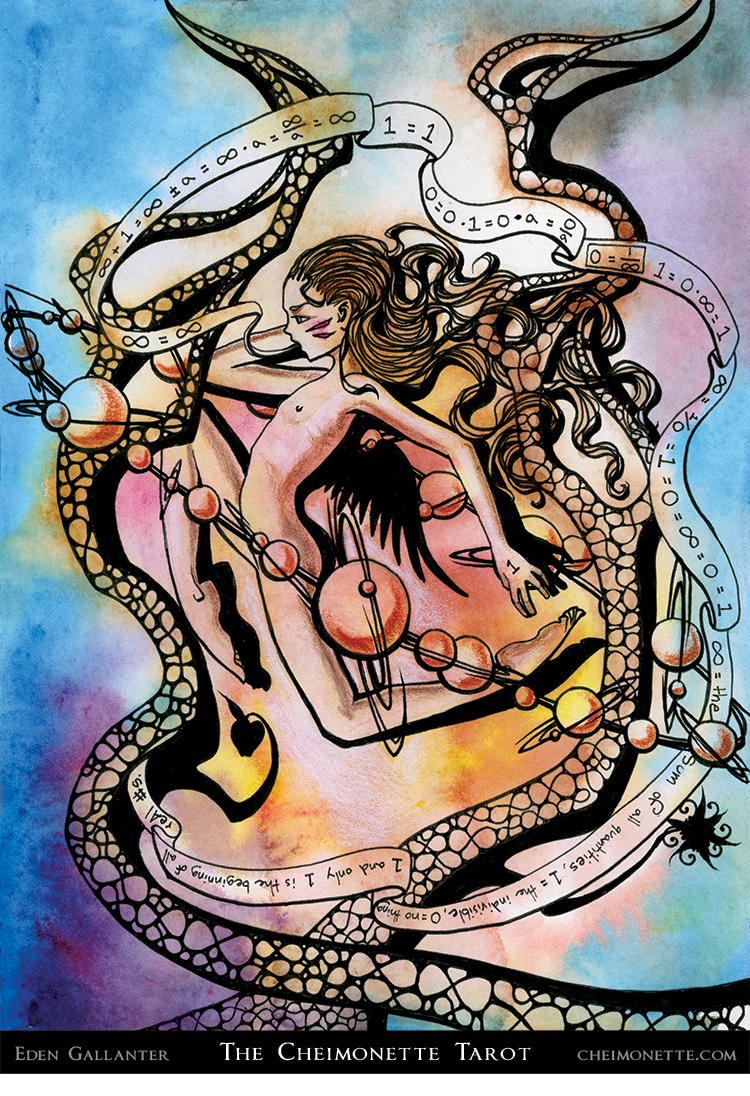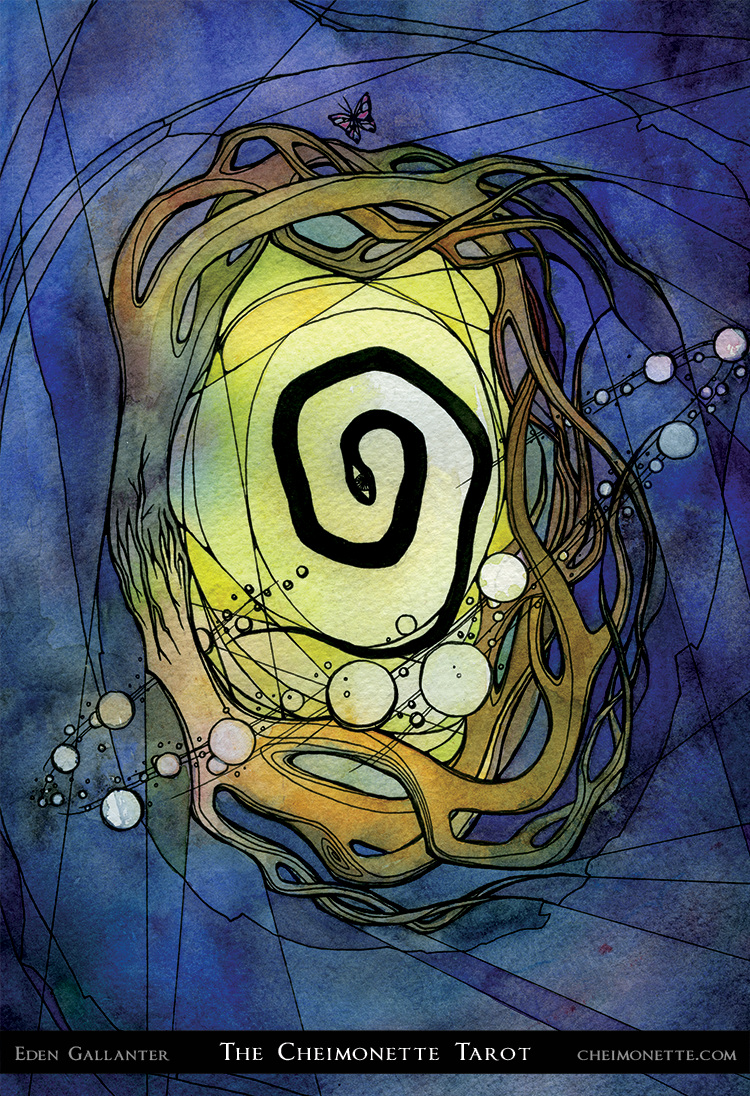The Sonorous Sea
“We understand more than we know.”
― Margaret Atwood, Oryx and Crake
Attractor 1: The Destruction of the Universe. December 2013
At New Year’s (a most bone-shaking, wonderful, terrible New Years, cold and bright and homeless and alone), I had my art, but I didn’t have much of anything else. I don’t think there has ever before been a time when I had less of an idea of what my life would look like in the future. Even what my life would look like the next week.
I decided on New Year’s day that I wanted to make more art this year, and maybe have a gallery show, and see where it all took me. And that was it. I really couldn't figure out what else there was for me to want.
There was this one time, back in 2003, after a little group of British kids and I had just gotten our divemaster’s license, when we rode out on a big rickety speedboat from the dive shop in Roatan, Honduras, where we had been working. In the late afternoon we were out in the open ocean, and we suited up and jumped in, dropping down to 140 feet and remaining there for eight minutes, the no-decompression limit. Just because we could.
There’s nothing at all to see at 140 feet in the open ocean. You can’t even tell which way is up. That’s what I felt like on the morning of January 1st. It sounds rather romantic— exciting and terrifying, but it wasn’t really either of those things. It just felt like the sea—featureless, impersonal, and entirely out of my control.
Mapping the Cognitive Loop with Micah Scott
As it seemed like a rather brilliant time to be halfway around the world, this spring I went on two major trips—one to Europe (Copenhagen, Sweden, Holland), and the other to Australia. Long plane flights, as it turns out, are as useful for figuring out your whole life as are cars (as long as you’re talking out loud to yourself and it’s 4 am and over 100 miles from anywhere recognizable). Anyway, on the 16-hour flight to Australia, I thought about art. Then I thought, as simple as you please, of therapy.
Art. Therapy.
So now, a month later, I’m taking online classes in general psychology and statistics. I’m studying for the GRE general test and will take the GRE subject test in psychology this November. I’m applying for work at the Creative Wellness Center in Berkeley, which runs programs for adults recovering from mental illness, with a focus on art and other creative therapies.
The upshot is, I’ll be applying to the Pacific Graduate School of Psychology-Stanford Consortium Psy.D. program later this year. I honestly never thought I’d ever go back to school—as much as I love learning, I was afraid of being buried away in academia for the rest of my life. The Psy.D. doctorate, however, is a program designed for people who want to be practicing clinical psychologists, rather than research academics. I am now interested in much bigger things than art therapy. I want to use art and other creative therapies, ecological stewardship and the healing effects of plants, animals, and natural environments, and many other techniques, for helping people cope with depression, social anxiety, addiction, mental illness, etc. There have been so many in my life who have had heartbreaking struggles with mental health, and I know I can’t just romp in like Superman and save everyone, but maybe I can help add to the tools we all have to make things better for ourselves, and help those who are struggling learn how to use those resources.
"Open Heart", by Micah Scott and Eden
So much of my art is about those tools, and about wanting to share them with other people. This year my dear friend Micah Scott and I started work on an idea we had last fall in New York, of imagining and creating a piece of artwork together (we’ve put together a Tumblr of the work we've done, called The Crystal and the Chaos Demon), in which we learned a lot about ourselves and each other, about collaborative problem-solving and cooperative aesthetics and so much more. We gave (and still give) each other a lot of inspiration, and I really have her to thank for the outpouring of artwork and creative imagination that occupied my life last winter, when I had so little else. I hope to have a gallery show of our work together this year.
My monstrous Kickstarter, which changed so many things in my life and sent my art so much further out into the world than I had ever imagined possible, is almost complete. The Cheimonette Tarot decks (all 2500 of them) are shipping soon. I got an overwhelming response to this project; people from all over the world wanted to buy my deck, and others continue to send me messages about how much my art and writing mean to them. I wanted this deck to be a tool for people's imagination, as a bank of partially defined but coherent symbology that they could use to describe themselves and the world they live in. It's not divination I believe in, but the cognitive poetry of random chance combined with the narrative structures of human meaning. We are little factories of meaning, we humans, and we knit the universe around us into stories, as part of the daily work of survival.
Attractor 2: Bird. January 2014.
I adore the idea of using my art to help people. I love that my artwork has shunted me into a direction of learning and service to others. I also think that a career in psychology will make me a better artist, a better partner, a better daughter, a better friend, and even a better mother, should I become one. I can use the skills I learn to help people all over the world and here at home. I can go back to Israel/Palestine, and serve Palestinians and Jews in crisis, and perhaps help to make the horrible situation over there a little better for those having to live through it, for those with the least power to create peace.
In the middle of the dark winter, my partner Mikolaj and I began to forge a relationship. It wasn’t at all a time when either of us would have expected such a thing to happen, but it did happen. It was like a lighthouse. It was something that was always there for me to hold onto if I wanted. Even though I didn’t hold on very much at that time, it was so infinitely uplifting that I knew I could.
I'm.. happy. Life is suddenly and without warning replete with adventure and safety, kindness and mutual support and love.
For the first time I can really see into the future—five years, ten, twenty, and more. From the inability to see beyond a week, my horizons have opened up into the far distance. It's like flying.
My room at Godspeed
Today, I’m writing this from a beautiful little bi-level room at the warehouse named Godspeed in Emeryville, the same warehouse where I landed a sublet when I came to the end of my 2.5-month stretch of couchsurfing, frightened and tired and desperate to be someplace I had a right to be. Godspeed invited me to be a permanent housemate in April, and at the beginning of May, I moved into the most darling room, made of wood salvage, with a skylight and a ladder, and smoke purple and moss green walls, and golden brown curtains, rug and bedspread. It kind of looks like the sort of room a tree fairy would live in, if that tree fairy was overly fond of books and boots, owned a small array of electronic devices, and had hobbies like motorcycles and MIG welding.
In the way that being on a boat haunts your body for days, rocking you in the waves of past memories, in the way the hushing sound of the sea creeps into your mind beneath the voices of memory and thought, smoothing out the edges and gently agitating every notion into softness and sand, time has finally lingered in my life. Time doesn't, in fact, dull memory, or sap the agility of my mind. It's only made everything fit.
If you sit still and listen, there will always be a story. The world around you will become a mirror and tell you who you are. This is frequently a terrifying experience, but it's really true: all you have to do is listen.
And speaking of stories, here's a thing by Dave Eggers, a talented writer who I nevertheless do not like. Like a ruby buried in the mud, it sits within a largely worthless story, in which Eggers commits the unforgivable crime of making his characters deliberately uninteresting. He won't let it alone, incessantly reminding us that the outcome of the plot does not matter, that his two pathetic characters themselves do not matter. Buried in this stupid little story, "The Only Meaning of the Oil-Wet Water" (a warning all in itself), is one of the most beautiful passages of prose I have ever read. Here it is:
GOD: I own you like I own the caves.
THE OCEAN: Not a chance. No comparison.
GOD: I made you. I could tame you.
THE OCEAN: At one time, maybe. But not now.
GOD: I will come to you, freeze you, break you.
THE OCEAN: I will spread myself like wings. I am a billion tiny feathers. You have no idea what's happened to me.







